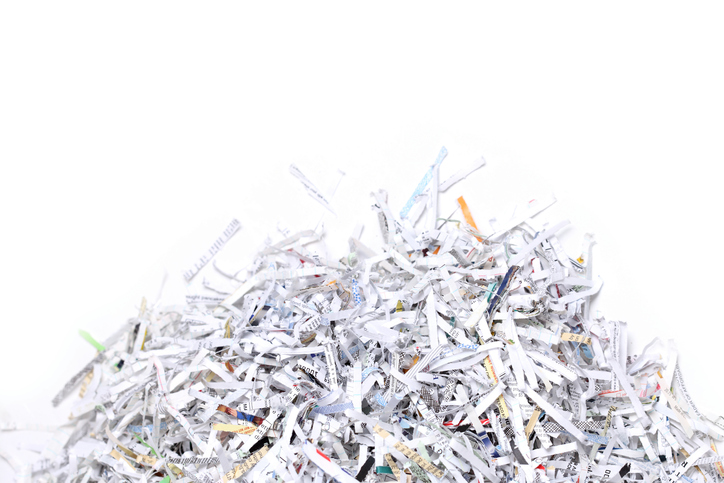I don’t think anyone has missed the extraordinary event at the Sotheby’s auction in London a couple of weeks ago, where the frame of the picture Girl with Balloon by the anonymous street artist known as Banksy contained a shredder, and the picture began shredding itself just after being sold for $1.4 million.
This event raises a lot of interesting legal questions, not the least copyright questions. The exciting event took place in the UK, which has a different legal system than Sweden, but what would apply if something similar would happen for example at Bukowskis in Stockholm? Is it within the right of the artist to destroy the work after it has been sold? Who is responsible for the work after it has been sold? Has the work even been destroyed, or has it just taken the form the artist meant for it to have? A lot of questions, but are there any absolute answers? Maybe not.
In my opinion, the question about responsibility for the art work is probably the easiest one. The main rule in the Sale of Goods Act is that the responsibility for the goods is transferred to the buyer when the goods have been delivered to the buyer. Thus, in the Banksy matter, the responsibility for the art work had not yet been transferred to the buyer. I would presume that there is an agreement between the seller of the art work and the auction house, regarding the responsibility for the art work during the period of the auction, until the art work is delivered to the buyer, and the agreement probably covers an undertaking to provide insurance to cover potential damage to the art work during the period of the auction.
A more interesting question, in my opinion, is what kind of work was actually delivered to the auction house, and sold to the buyer. I will elaborate on that below.
So, is the copyright holder entitled to shred the art work? The creator of a copyright protected work has a number of exclusive rights, such as the right to sell copies of the work to the public and make the art work available to the public. However, a limitation to the exclusive right of the creator is the rule of exhaustion. This rule states that the buyer of a copy of copyright protected work has a right to control their copy, including reselling it, without the consent of the copyright owner. Nevertheless, a work may not be changed in a manner, or made available to the public in such a form or in such a context, which is prejudicial to the author’s literary or artistic reputation or to his individuality.
My conclusion is that pursuant to the rule of exhaustion, the artist has no right to change the artwork after it has been sold, whereas control of the copy has been transferred to the buyer.
Equally interesting in the Banksy matter is what type of work the buyer actually bought, and what the sold artwork really looked like.
The Swedish Copyright Act protects several types of work, such as musical or dramatic work, and photographic work or other work of fine arts. The list of types of work in the Copyright Act is not complete, and protected work can also be “a work expressed in some other manner”. Potentially, the art work by Banksy was not just a spray-painted picture of a girl with a balloon. To me, it seems like it was a performance art, and the shredding was part of the artwork, which transformed the picture into another (shredded) artwork. In my opinion, the shredded version of the picture is part of the artwork, and the shredding was therefore not a violation of the buyer’s rights to the artwork. At least not according to the copyright law. However, there might be aspects to consider in the Sale of Goods Act about the condition of the bought art work. Does the shredding mean that the artwork was inferior to what the buyer had reason to believe, considering the circumstances? If so, that might give the buyer a possibility to back out of the affair, if he or she wishes to do so.
In summary, my opinion is that the work in the Banksy matter was a performance art, and the shredding was part of the artwork which added value to the work. This point of view is supported by the fact that the picture seems to be worth more money in shredded condition than before, at least according to articles on the internet. If the shredding of the picture was part of the artwork, it was also within the right of the copyright holder. Let’s hope that the buyer shares this view, and consider the $1.4 million well spent!





